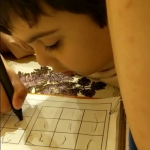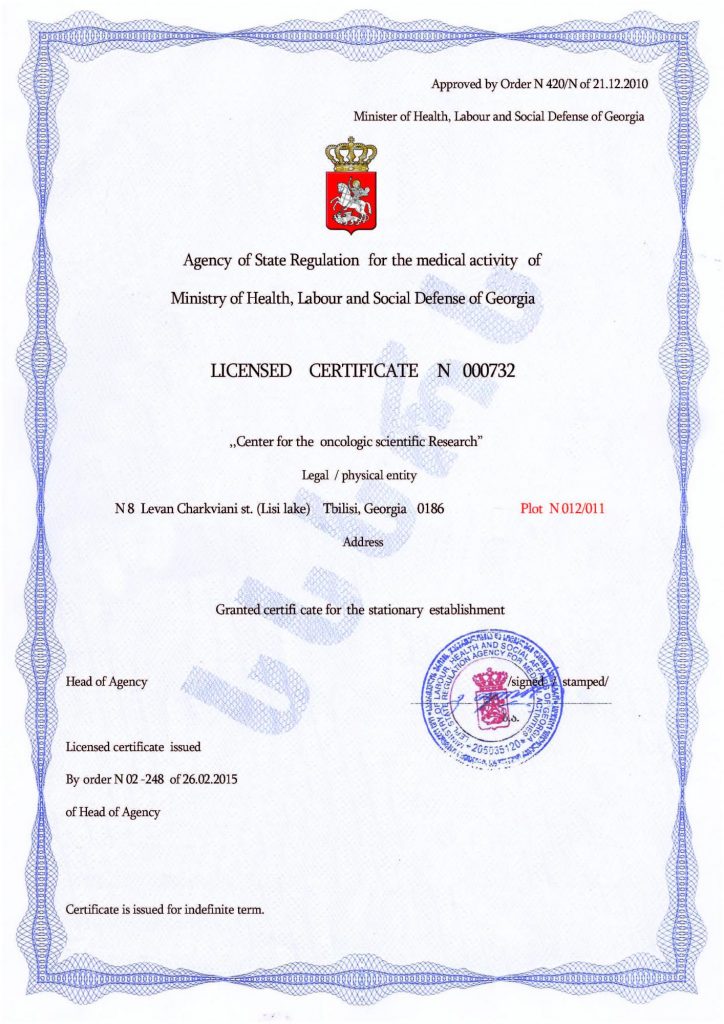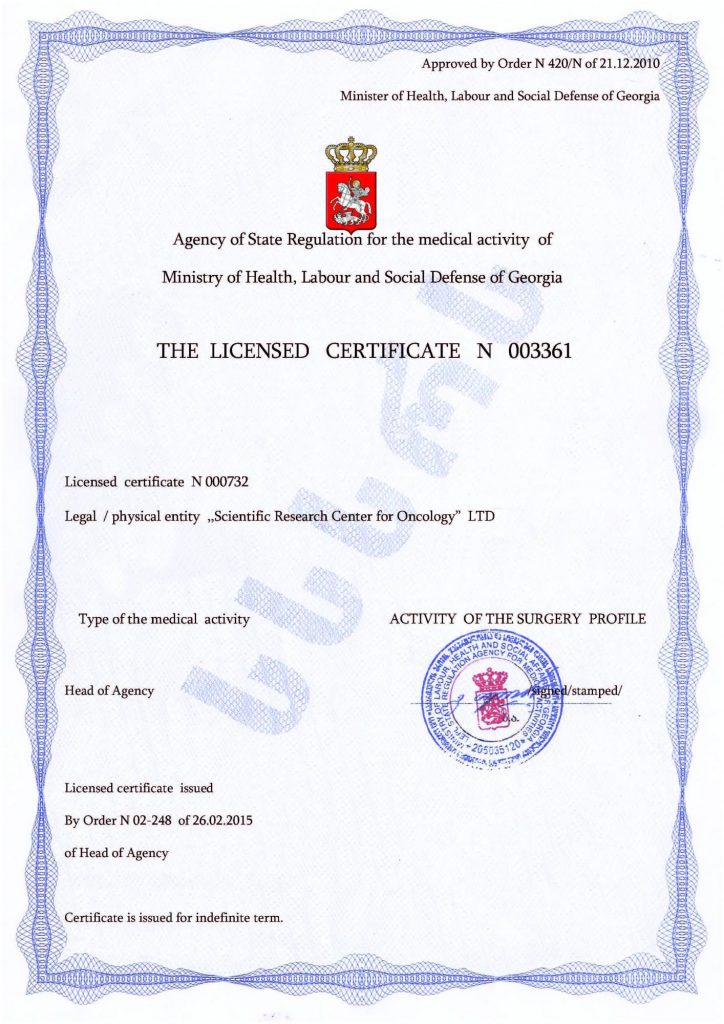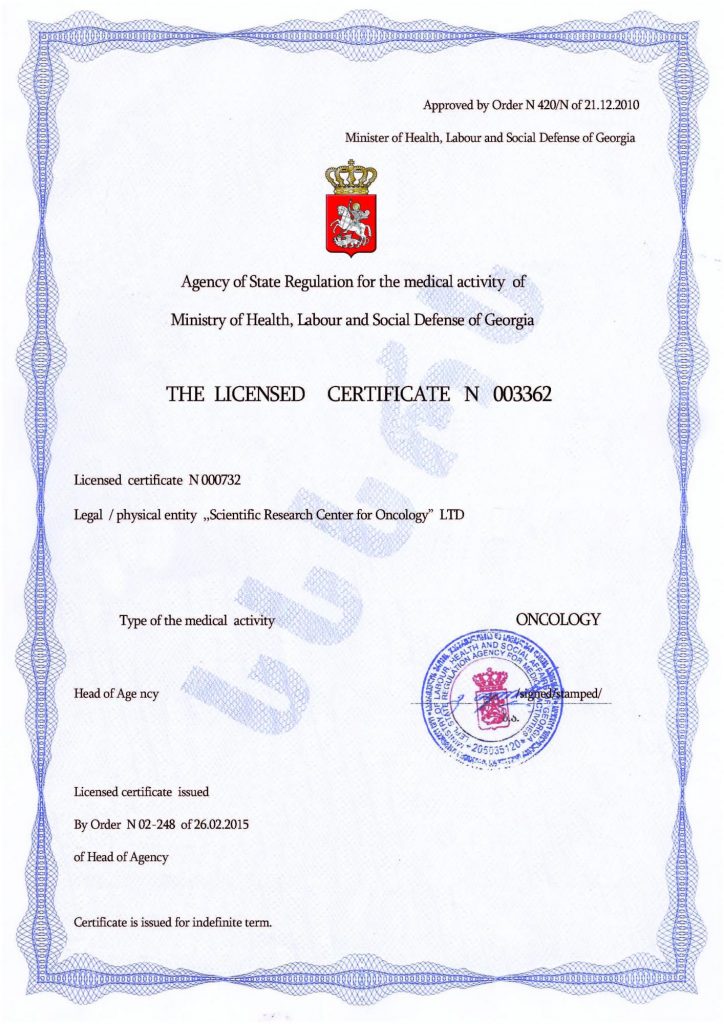Stimulating the Senses: Simple Techniques for Autism
Thanks to vision, hearing, taste, smell, touch, the sensation of gravity, and motor skills, the brain receives all the necessary information. The processing of this information by the brain is called sensory integration, which gradually develops in children through games and other activities. However, this does not occur in cases of various neurological disorders, which may later lead to behavioral problems and learning difficulties.
Sensory integration therapy for autism can initiate the process of stimulating the sensory organs, regardless of the patient’s age. The use of simple but effective methods helps the brain gradually process incoming data more productively and, importantly, accurately. The selection of tools designed to improve sensory processing, which is imperfect due to autism, depends on individual needs.
Sound Perception
For disorders related to sound perception, the following tools are used:
- Noise-canceling headphones or earplugs to combat excessive noise, or conversely,
- Drums of various sizes to stimulate hearing and develop a sense of rhythm.
Developing Sense of Smell
It is also essential to develop the perception of smells and scents, which not only help recognize things like dishes, spices, or flowers, but also stimulate memory, as the brain stores them in a kind of “data bank.” Scented pencils, markers, and other stationery can help in the development of the sense of smell.
Visual Tools
Visual tools are selected based on the need to reduce eye strain, which minimizes sensory overload, helps maintain focus, and promotes calmness. To achieve this in an engaging way, sensory integration therapy uses:
- Light projectors;
- Mazes and puzzles, or
- Toys and water-filled balls.
Touch Sensory Tools
Tools that affect the sense of touch stimulate tactile receptors, which in turn release serotonin in the brain. This helps stabilize behavior, reduce aggression, and relieve anxiety. These effects can be achieved by using:
- Weighted blankets;
- Scalp massagers;
- Back scratchers, etc.
Sensory Toys for Everyday Use
Sensory toys of various shapes and sizes can be easily used in daily life. Stacking toys, blocks, rings, and “spinners” capture interest and improve concentration, all while being done in a playful way. Such therapy allows children to:
- Relax;
- Remain calm;
- Stay focused for extended periods.
The less anxious they are, the quicker their sensory skills improve, leading to better cognitive development and the formation of strong neural connections that normalize processing and responses to information coming from sensory organs.
The Benefits of Sensory Integration Therapy
In this way, sensory integration therapy is designed to:
- Create neural connections in the brain, helping to solve educational tasks more successfully;
- Develop cognitive skills, motor skills, and improve communication skills;
- Improve social interaction skills;
- Prevent or address aggression and depression;
- Teach recognition of various sensory characteristics.
It helps the child accumulate essential knowledge about the world, systematize it, and use it in the future. Eliminating dysfunctions in the sensory system allows for acquiring valuable experience in perceiving the world correctly, and the development of sensory organs ensures proper personality formation.
While acknowledging the positive aspects of sensory integration correction, it must be noted that it requires significantly more time to achieve improvements and is less effective than stem cell therapy. This modern, safe, and natural method is designed to combat autism itself, not just its symptoms. It is based on stem cell transplantation—the fundamental “building blocks” of the body that make up all its tissues. These cells can transform into any other cells, and then identify and replace damaged ones, whether due to genetic, environmental, or other causes. This process soon leads to the normalization of brain and nervous system function in the long term—lasting years and, in many cases, a lifetime. As a result, any additional supporting therapies become more effective.
Stem cell transplantation using the patient’s own stem cells, which eliminates the risk of rejection, is no longer considered an experimental approach. On the contrary, there is a widely accepted opinion that this method of autism correction will become the primary one. Currently, stem cell therapy is practiced in leading clinics around the world, including the Mardaleishvili Medical Center. The specialists at this clinic are highly qualified, well-trained, and have extensive successful experience in using transplantation for autism treatment. The center’s services are more affordable compared to other countries, and the staff provides comprehensive assistance at every stage—from trip planning to accommodation arrangements.
Undergo Stem Cell Therapy – Experience the World in All Its Diversity!
Autism Treatment Center Videos
Autism treatment with own stem cells
Cord blood association congress
International Quality Crown
Autism Treatment Reviews
Autism treatment with own stem cells
The story of Alessandro (6 years old)
Autism Patient Testimonial - Stem Cell Treatment
Clients Testimonials

Feedback from Yulia, mother of Emily (7 years old) Read More

Feedback by Everita, Katrina’s mother (5 years old) Read More

Feedback from Igor, David’s father (12 years old) Read More

Feedback from Olga, Fedya’s mother Read More

Feedback from Natalia, Radomir’s mother (15 years old) Read More












